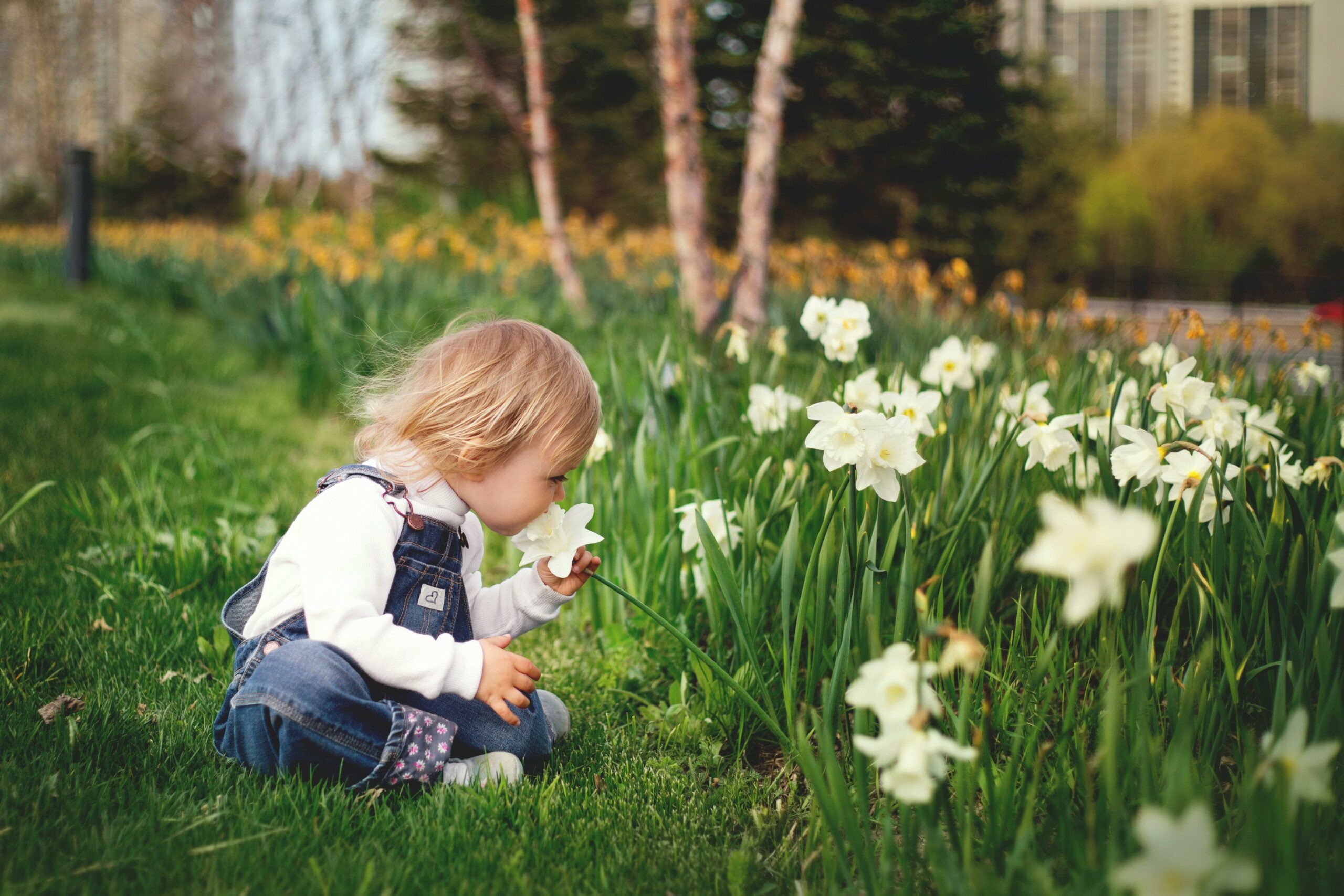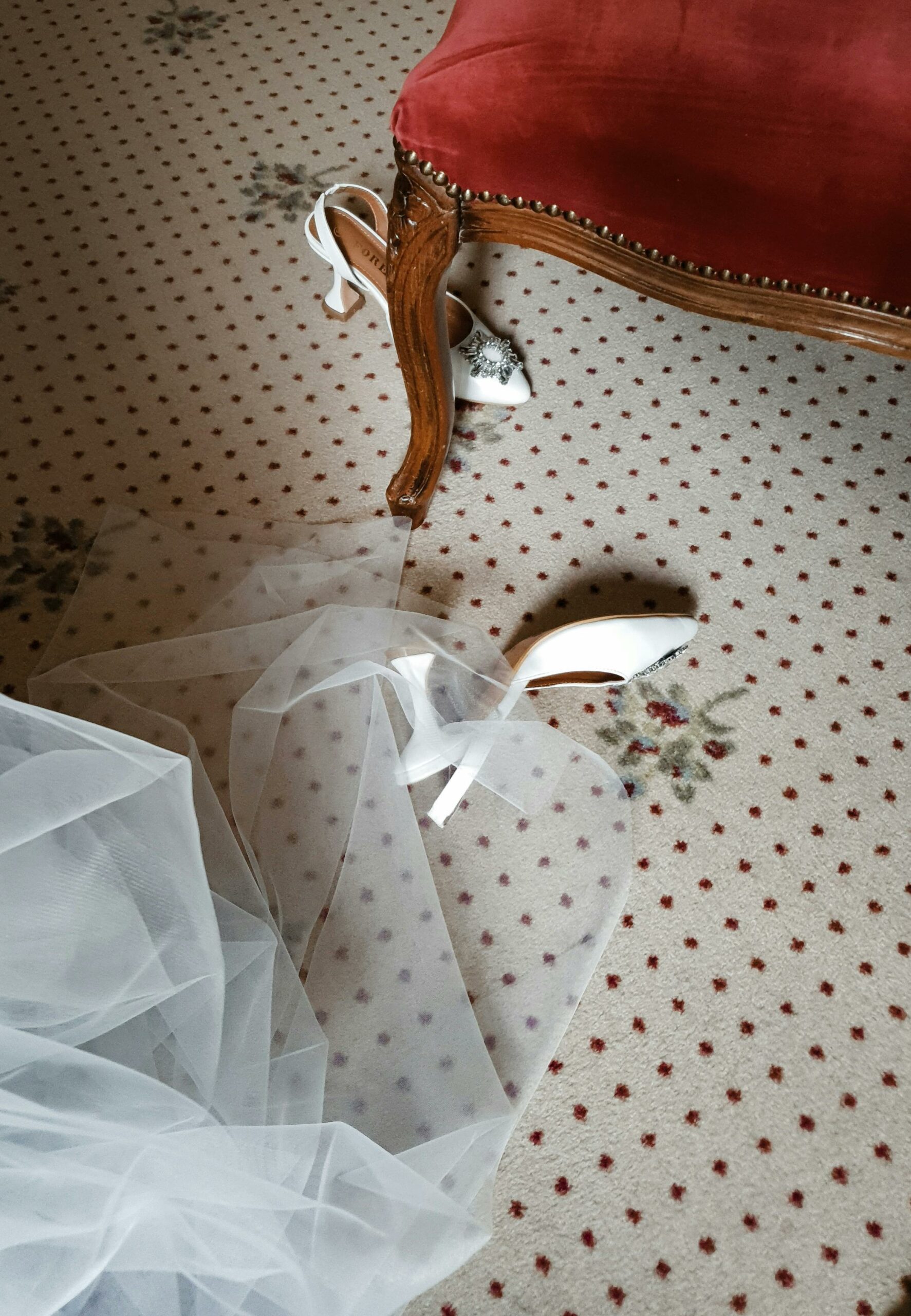Drowning is the second major cause of injury and fatalities in children aged 1-4 in the USA, according to a WHO report. Children can drown in oceans, lakes, ponds, rivers, bathtubs, hot tubs and spas or pools. A few inches of water in large buckets, toilets and bathtubs can also be dangerous with small children around. However, a few simple tips can help you keep your children safe and enjoy water and all it has to offer. The American Academy of Pediatrics (AAP) recommends that you do the following to ensure that your children are secure in and around water.
Prevent Unsupervised Access To Bathtubs
Bathrooms can be a dangerous place for young children. Use doorknob covers or safety latches to ensure that bathrooms stay locked when nobody is using them. For extra precaution, remove the bath tub drain plug when there is no one using it to avoid the tub filling with water in the event that a child turns the faucet on, and install locks or latches on toilet seat lids. Also, be careful to never leave the baby alone in the bathtub. Bath time can be a special bonding experience for parents and children, so use this time to spend quality time together and ensure safety without giving it a second thought.
Empty Water Containers Soon After Using Them
Always empty any fluids in containers, including large water bowls for pets, buckets and pails, trash cans, recycling bins, coolers with melted ice, and wading pools. Children love to play with things in their surroundings. Toddlers especially, are eager, active and curious to explore their environment. In the process of exploring, they are often attracted to water. Water splashes, ripples and makes things float, but they are not aware of how dangerous it can be.
Always supervise your children when they are playing outside. This is particularly around water, as supervision significantly reduces the chances of drowning and other water-related injuries. Use doorknob covers, door locks or safety gates to prevent your toddler from accessing your garage or going outside unnoticed. Tell your family members to always ensure that they close the door behind them so that younger children do not enter dangerous areas unsupervised.
Fence Swimming Pools And Other Water Hazards
Study shows that by fencing around swimming pools, over half of pool drownings of children can be prevented. Swimming pools, whether they are dug into the ground or are an over-the ground inflatable type, should be encircled by a fence on all four sides. The fence must be at least four feet high. Remove any toys in the pool area because a child might want to sneak in to retrieve it. The pool should also have a self-closing gate. Consider waiting until your child gets older before installing ponds, fountains and bird baths. Drainage ditches, irrigation and wells should also be fenced off because they might also present a danger to children.
Additionally, every child should be taught how to swim early. Every parent should decide the appropriate age to start the training. You can talk to your paediatrician and find out whether your baby is developmentally prepared to start the training.
When you are in or around a body of water with your toddler, pay attention to them, and avoid distractions such as drinking alcohol and using a cell phone. As a parent also, ensure that your family learns CPR. You should also avoid playing hold your breath games, and teach your children to enter into the water feet first and not to jump in to help a friend.
Undoubtedly, there are many things you and your family can do to ensure your children are safe in and around water. Although it comes with risks, water provides many fun opportunities for children. Simply taking precautions means they can enjoy all it has to offer in a safe environment.






